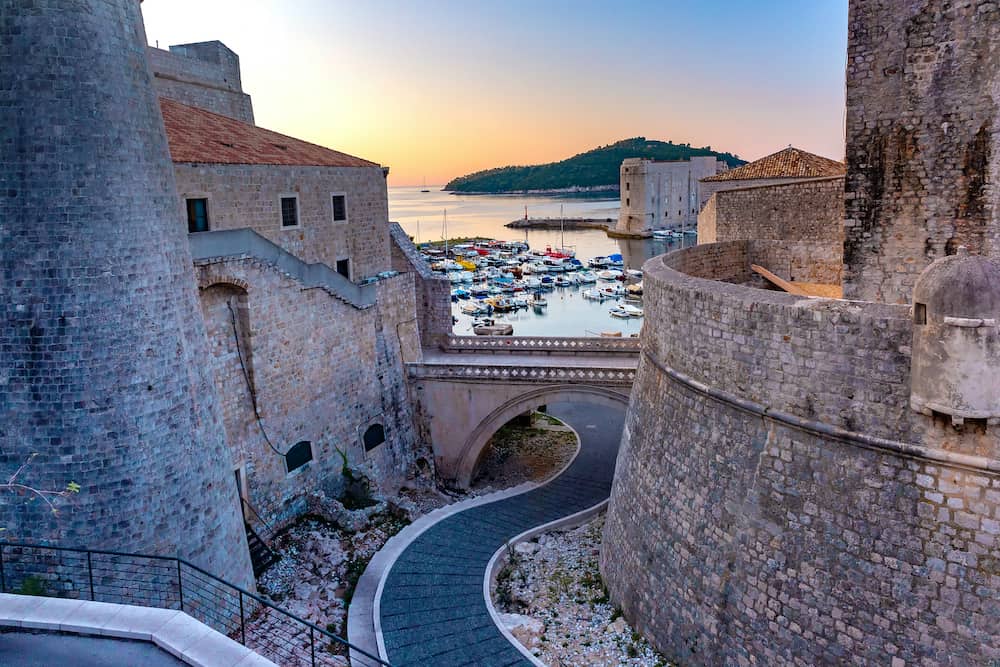Ultimate Travel Guide to Split
The ancient Roman port of Split is one of the most historic and aesthetic holiday destinations on the Croatian coast. Split Croatia is in a beautiful location on the Adriatic, overlooking offshore islands and clear water that’s perfect for swimming and snorkelling.
The city itself is built around the remains of a Roman palace, and within the centre, you can find UNESCO World Heritage listed ruins and historic fortifications. You can spend the morning indulging in the many historic sites around Split, before hitting the beaches for lazy afternoons in the sunshine.
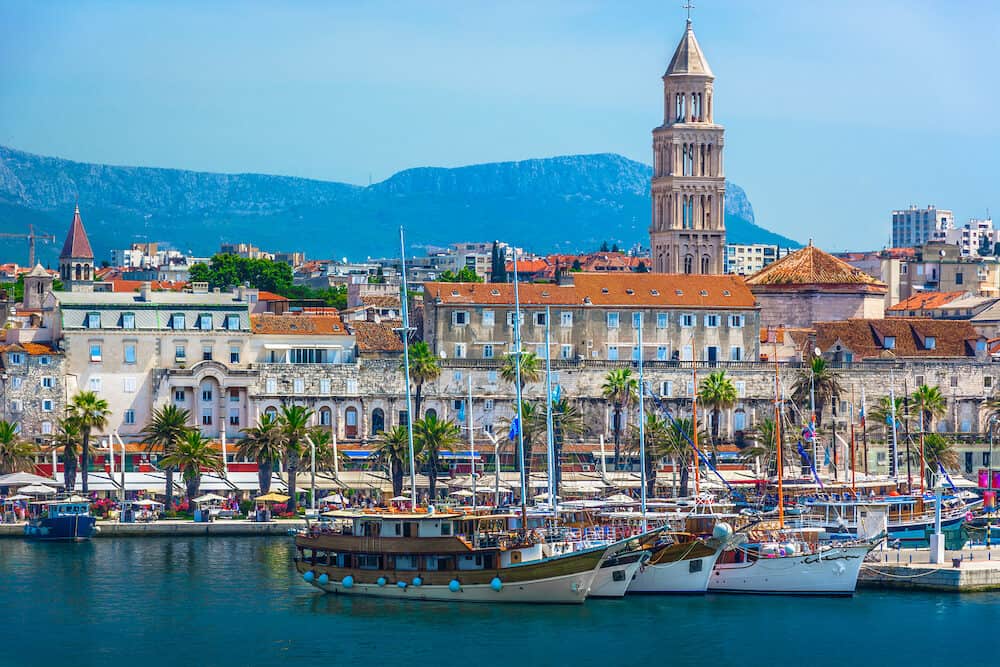
Being a small country, you can also use Split as a great base for exploring more of Croatia, with cities such as Zadar within easy reach and natural spectacles like Plitvice Lakes just a day trip away.
This ultimate travel guide to Split will show you all the most beautiful places in Split, what to expect when visiting, where to stay in Split and things to do in Split which will help you in planning a trip to Split.
To help inspire your trip to the Croatian coast, here’s our ultimate travel guide to Split.
Plan your trip?
Avoid hidden fees in the exchange rate while withdrawing from millions of ATMs abroad, paying in restaurants and shops, and buying your accommodation and flights using the Wise Card. You can hold up to 40+ currencies at once to spend in in over 150 countries, and convert them in real time with the free Wise app.
Need help planning your trip from start to finish? Check out these helpful links:
- Cheap flights
- Savings on accommodation from hostels to luxury hotels
- Affordable car rental options
- Affordable sightseeing tours and day trips
- Travel Adapter – All in one so you don’t have to carry a bunch around
- Don’t be silly and forget Travel Insurance! Get hurt and you’ll regret it…
This post contains some affiliate links for your convenience. Click here to read my full disclosure policy. You can also read our content/editorial policy here.
How to get to Split
Split is located on the Adriatic Sea, south of the capital Zagreb and north of the city of Dubrovnik. Split’s airport is one of the busiest in the region and there are regular flights across Europe, with both budget and scheduled airlines.
If you are arriving from further afield, then there are many options to transit through other, larger airports, such as London or Paris, before then transferring to Split.
There are regular direct buses to most major Croatian cities, such as Zadar, Zagreb and Dubrovnik, while there are also connections across to many of the former Yugoslav countries, such as neighbouring Bosnia and Herzegovina.
In summer, Split is also a popular destination for sailboats and yachts, and you’ll find many multi-day tours calling in at the port as part of wider itineraries travelling along the Adriatic.
Adventurous travellers can also take the public ferries from Split to Italy, with multiple sailings per week crossing the Adriatic Sea to Ancona.
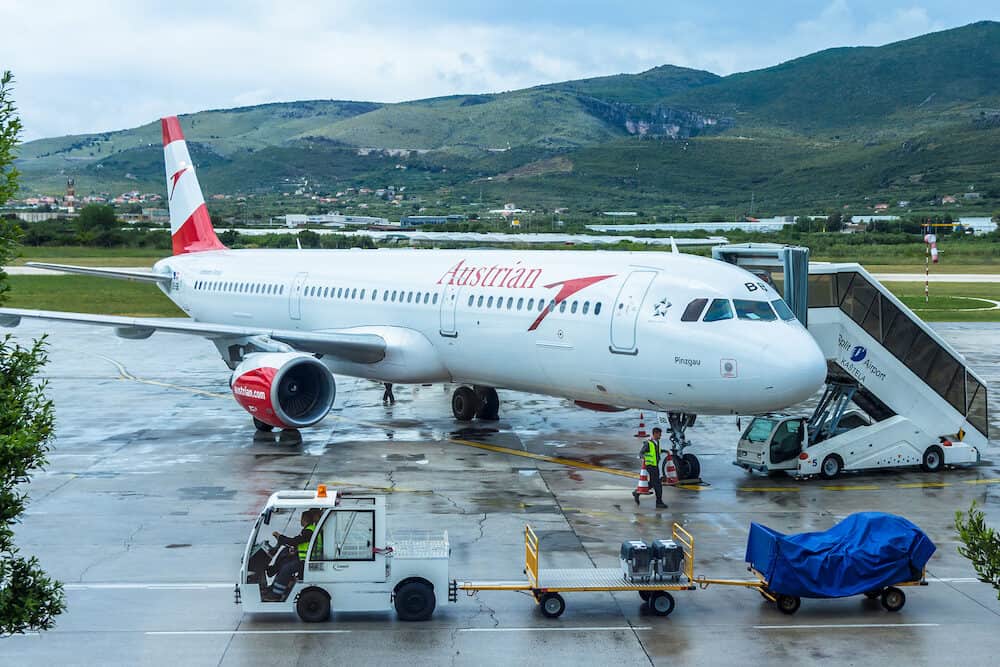
What to expect in Split
Split is one of the most popular tourist destinations in Croatia. It’s still not quite as busy as Dubrovnik, but you can expect crowds most of the year.
Being well established on the tourist trail, it’s easy to experience Split’s main attractions, with plenty of tours and plenty of local companies offering excursions in and around the city.
Locals working in the tourism industry will speak a high level of English and are used to dealing with tourists on a regular basis, while even those working in shops and restaurants in the centre, will likely speak basic, if not good English, due to their interactions with visitors.
The local language is Croatian, which uses the Latin alphabet and is similar to other languages in the region, but very different from English. Picking up a few words of Croatian when you first arrive might help endear you to the locals.
Croatia is part of the European Union, and you’ll need a Schengen Visa to visit if you are from outside the EU. The country doesn’t yet use the Euro, however, and you’ll need to pick up some Croatian Kuna for your stay. There are plenty of money changers and plenty of ATMs accepting foreign cards in the city though.
How to get around Split
Split has a very compact city centre, based around the ruins of Diocletian’s Palace, and it’s easy to orient yourself and to find your way around. The UNESCO World Heritage area can be a bit of a maze, with narrow streets and tight alleyways, but once you have your bearings, you’ll find navigation becomes simple enough.
The harbour runs along the shorefront of the city, and the area directly in front of the Emperor Diocletian Palace is a great place to find restaurants, although it is pricier than more out of the way locations. This whole central area can easily be traversed on foot, as can many of the nearby beaches.
Further afield, you can rent bicycles to explore more Roman ruins or to reach more secluded beaches along the coast, while there are also cars and motorbikes for rent too. There are public buses travelling around the area, while tour companies also offer day trips out of Split, as far away as Plitvice Lakes and other national parks.
There are regular island hopping trips that can take you to the many different islands in the bay, while the larger islands, such as Hvar, also have irregular public ferries running from Split, with more sailings during the summer season, when things are much busier.
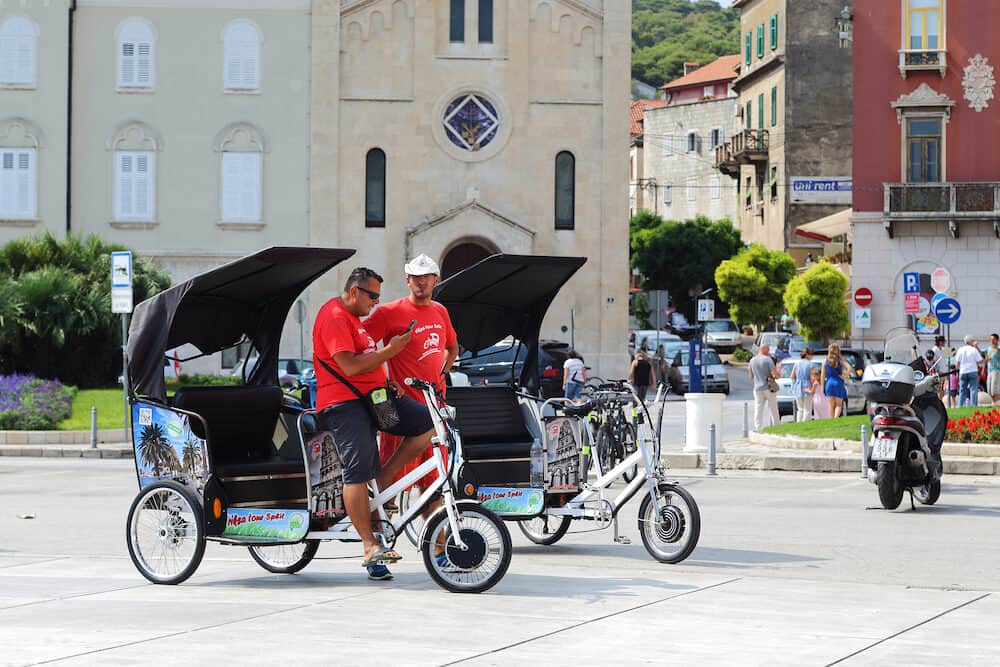
The best time to visit Split
Split enjoys some of the sunniest weather in Croatia, and for most of the year experiences warm weather. The most popular time to visit Split is the summer season, but this can mean crowded streets and expensive accommodation.
The weather will be beautiful though, and between July and September is the perfect time for visiting the beaches.
Summer though can be incredibly hot, with temperatures averaging 30 degrees Celsius, and if you want to avoid the worst of the crowds and the worst of the heat, then you might want to consider visiting during the shoulder seasons, immediately before and after the peak season.
Spring and Autumn can be much milder, but with plenty of sunshine, and you’ll find that there’s more accommodation available and that prices can be lower.
Winter is the quietest time of year to visit Split, and you’ll find that lots of tour companies stop operating and many businesses might close down for the off season.
If you want to enjoy the historic sights of Split though without any other tourists around, then you might want to consider visiting in winter.
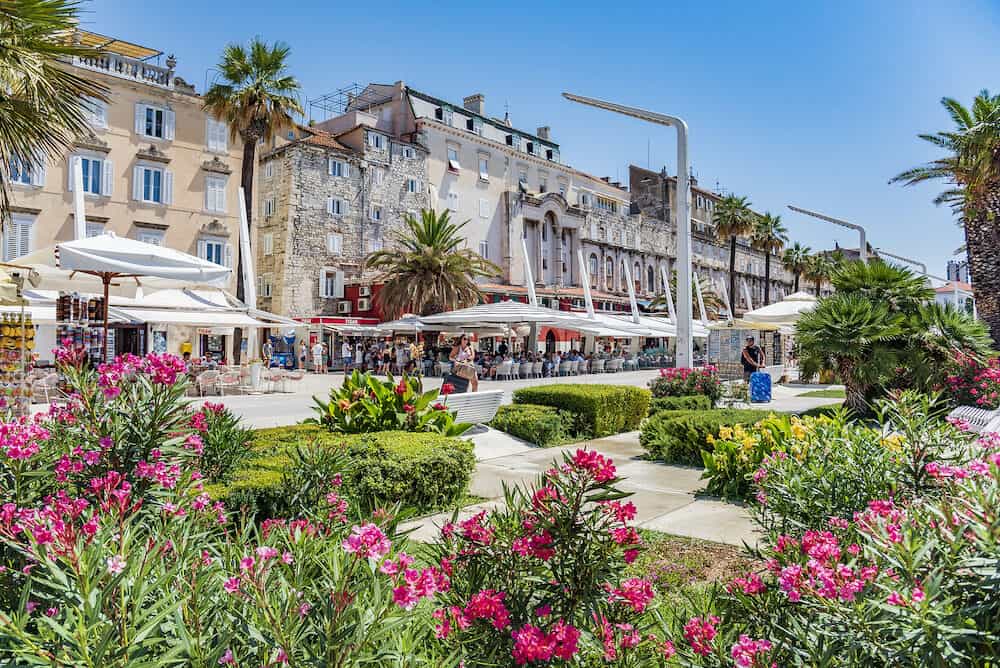
Things to do in Split
The Old Town
The Old Town is the historic centre of Split, comprising the remains of the Roman palace and the Roman town that was built here around 300 AD.
The Old Town is UNESCO World Heritage listed, and full of ramshackle streets and crumbling, ancient masonry. This is the first place to visit when you arrive in Split, to better understand the origins and history of this Croatian city.
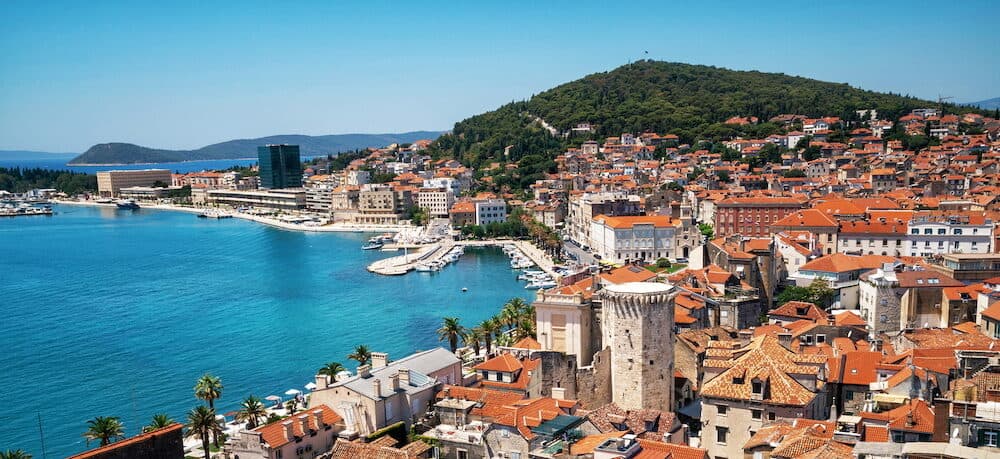
Emperor Diocletian Palace
Emperor Diocletian Palace is the centrepiece of the Old Town. The palace was built for the Emporer Diocletian, who retired here after his reign over the Roman Empire ended.
Although it was abandoned when the Empire fell, the palace itself was taken over by locals who made their homes in the ruins. From the ruins, the city of Split eventually grew into what it is today.
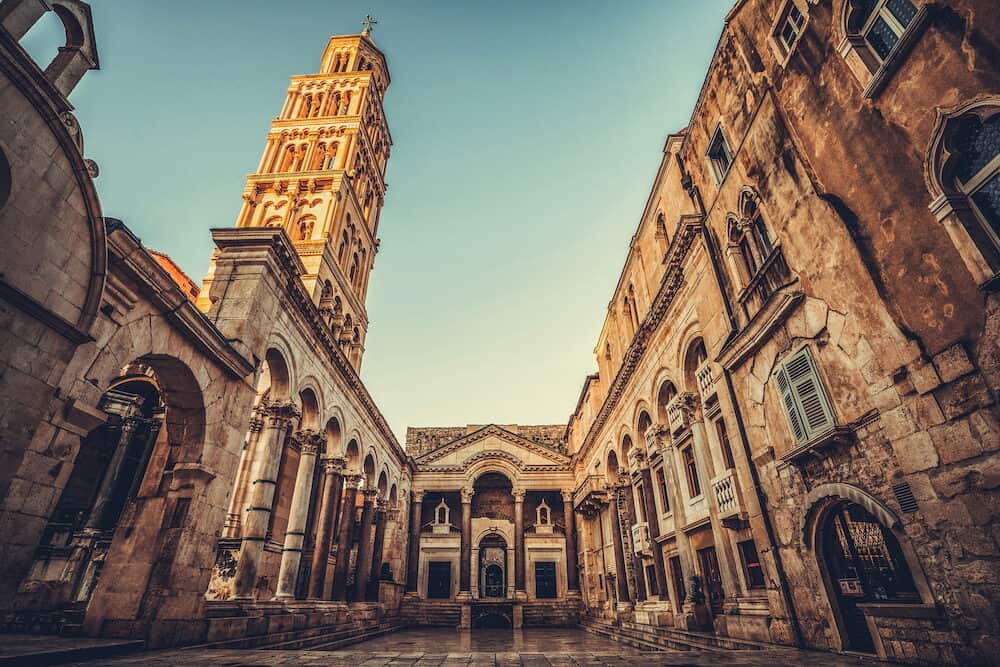
Cathedral of Split
The Cathedral of Split is the most prominent church in the city. It was built from Roman ruins in the Old Town in the 7th century AD and is dedicated to Saint Domnius, the patron saint of Split.
The cathedral’s bell tower was built in the 12th century AD, and today is one of the most recognisable landmarks on the Split skyline.
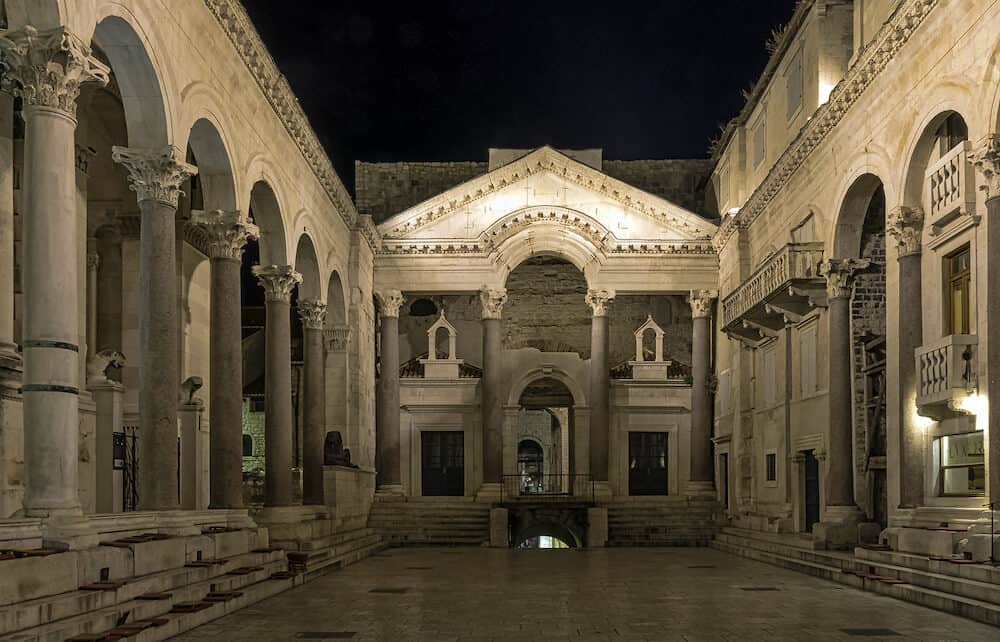
Ivan Mestrovic Gallery
Ivan Mestrovic is one of the most famous Croatian artists of the 20th century. The Ivan Mestrovic gallery was designed and built by Mestrovic himself and is a work of art in itself.
Inside the grounds, you can find an extensive collection of his work, collected and put on display here for the public to enjoy.
Bacvice Beach
There are several beaches close to Split, but one of the most popular is Bacvice Beach, which is just a short walk away from the Old Town. This is a sandy beach, and that’s one of the main reasons that it’s so popular because many other beaches in the vicinity are rocky or pebbly.
In summer, there are some great bars and restaurants to visit next to the beach and it’s a popular nightlife spot too, with clubs and discos nearby.
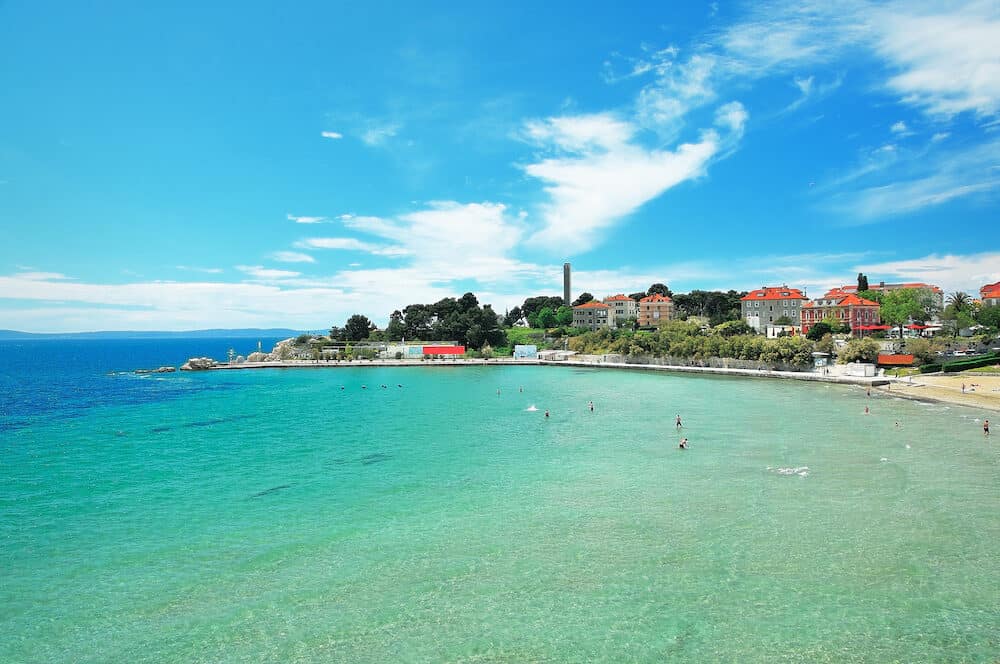
Marjan Hill
Marjan Hill is the tall lookout on the Marjan Peninsula, that makes for a wonderful escape from the city. It’s steep, but from the top, there are sweeping views over the city and the ocean.
There are countless hiking trails zig-zagging across and around the hill, while you can cycle up the roadway, or if you are feeling lazy, drive. There’s even the Split tourist train – a land train, which is not actually on rails – and this runs here in summer.
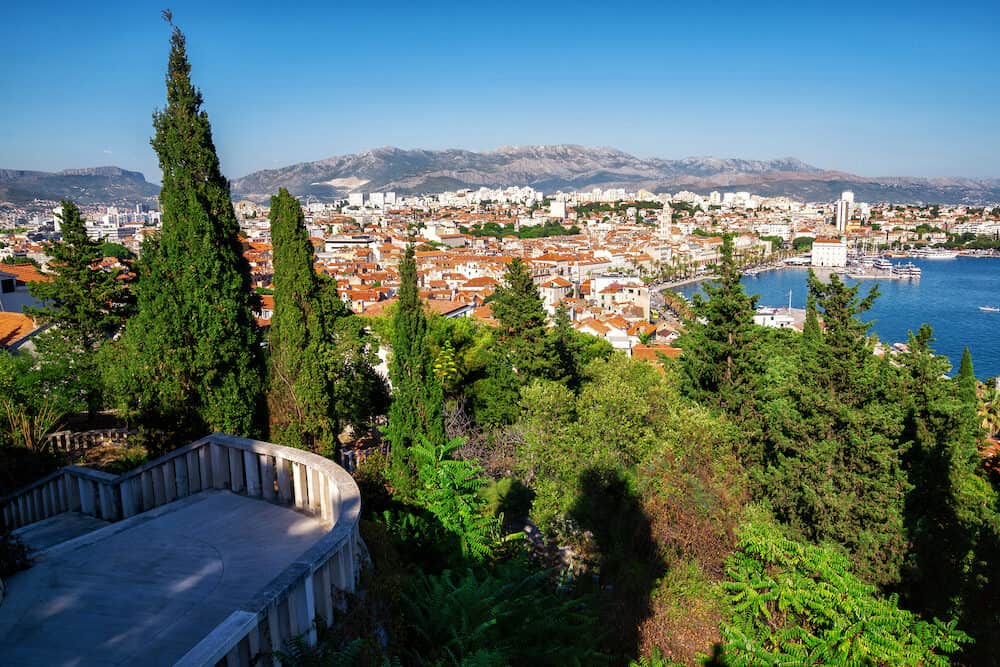
What to eat in Split
There are a plethora of restaurants to be found in Split, ranging from local, family-run operations to international fast food chains, offering you an array of different dining options during your stay.
There are lots of great restaurants to be found around the UNESCO World Heritage area, along the harbour and within the vicinity of the city centre, many in wonderful, ramshackle locations or offering fantastic views over the harbour.
Being a seaside destination, many of these local restaurants serve up excellent seafood. While you can find grilled fish everywhere, another fishy local favourite is Brodetto, a traditional fish stew.
You will see Mediterranean dishes in abundance here, with lots of pasta and risotto dishes on the menu, while Croatians are also fond of hearty, meaty stews, served with plenty of boiled vegetables.
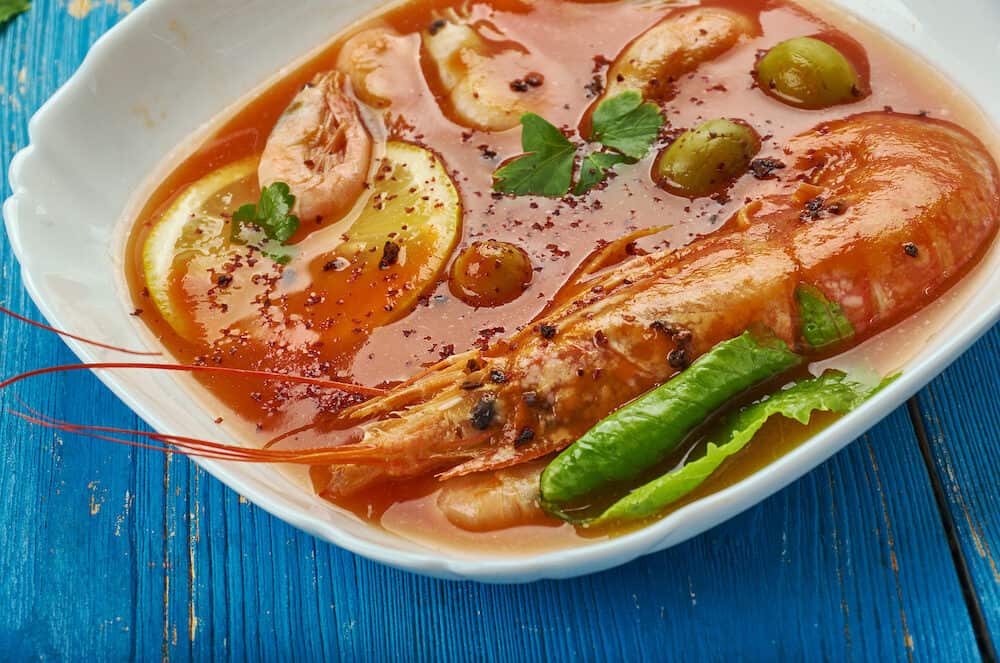
Where to stay in Split
Split has a wide array of accommodation options, from international hotels to budget-friendly hostels. The best options – although also the priciest! – are generally found around Diocletian’s Palace.
This is the most central area to stay, and if it’s your first time in Split, you’ll want to be based here. In the summer season, it’s worth booking well in advance if you can to get the best deals.
There are also lots of private apartments and AirBnB’s to look at when you are considering where to stay in Split, as entrepreneurial locals meet the demands of the ever-growing tourism industry by offering out their rooms and homes to visitors.
Some of the apartments can be surprisingly cheap, particularly if you don’t mind staying slightly outside of the historic centre.
If you’d like to get away from the city itself, then there are also lots of accommodation options on nearby Hvar Island and other offshore locations.
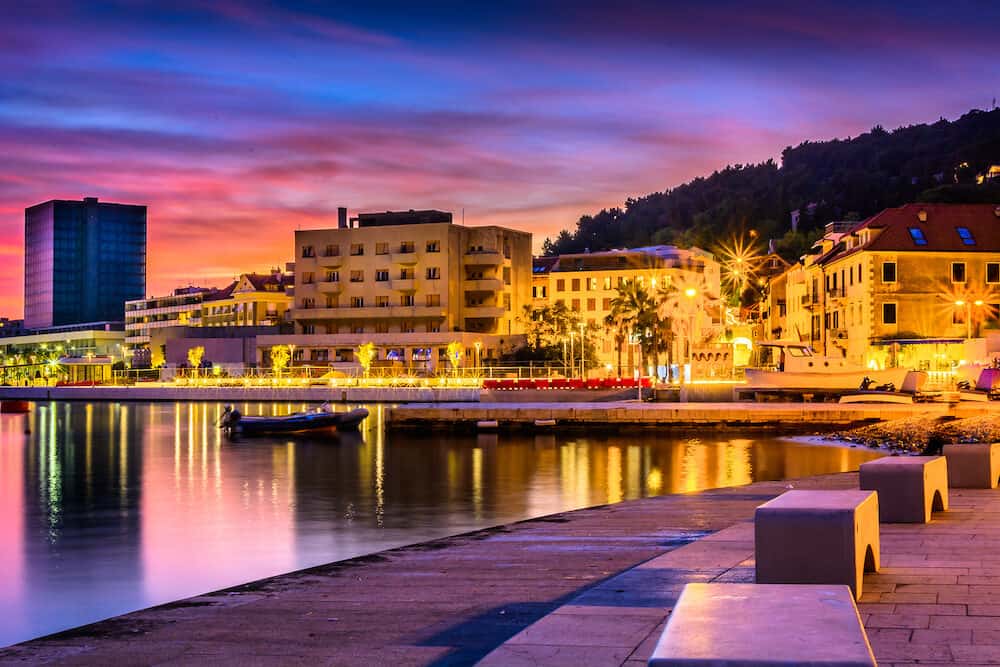
Tours to do in Split
Walking Tour
A great way to experience Split is to join a walking tour with a local travel guide. The Old Town, with its Roman ruins and ancient alleys and walkways, is perfect for exploring on foot, and walking is the best way to get around in the narrow confines of this ancient part of the city.
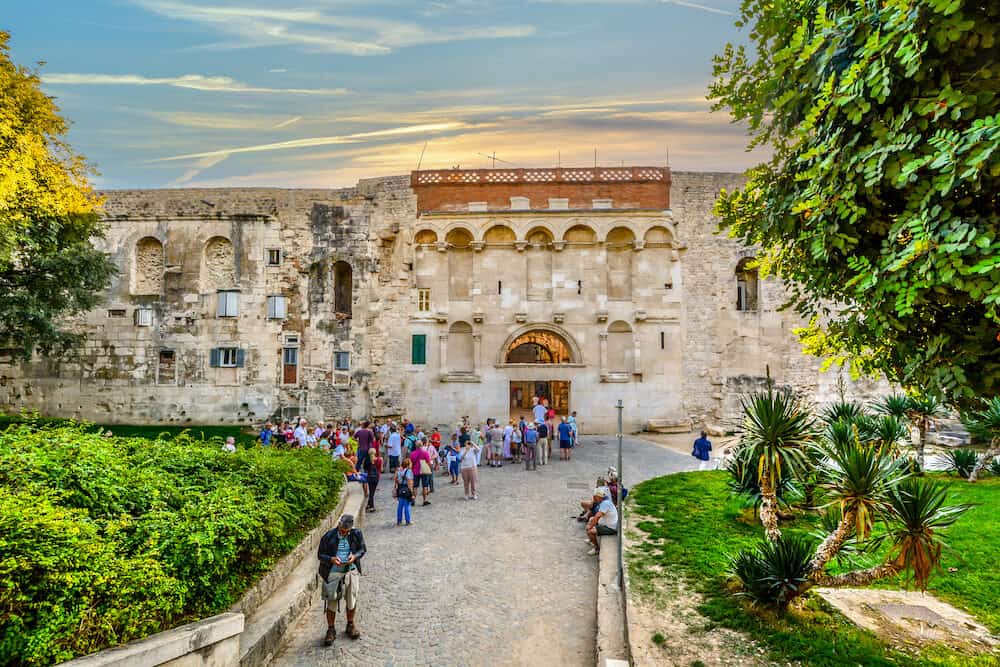
Island Hopping
In the bay by Split are a collection of islands that can be visited on trips from the mainland. Join an island hopping trip to travel to Hvar Island, Brac Island and the many others found here. You’ll be able to snorkel, swim in lagoons and see the best of the Meditteranean scenery.
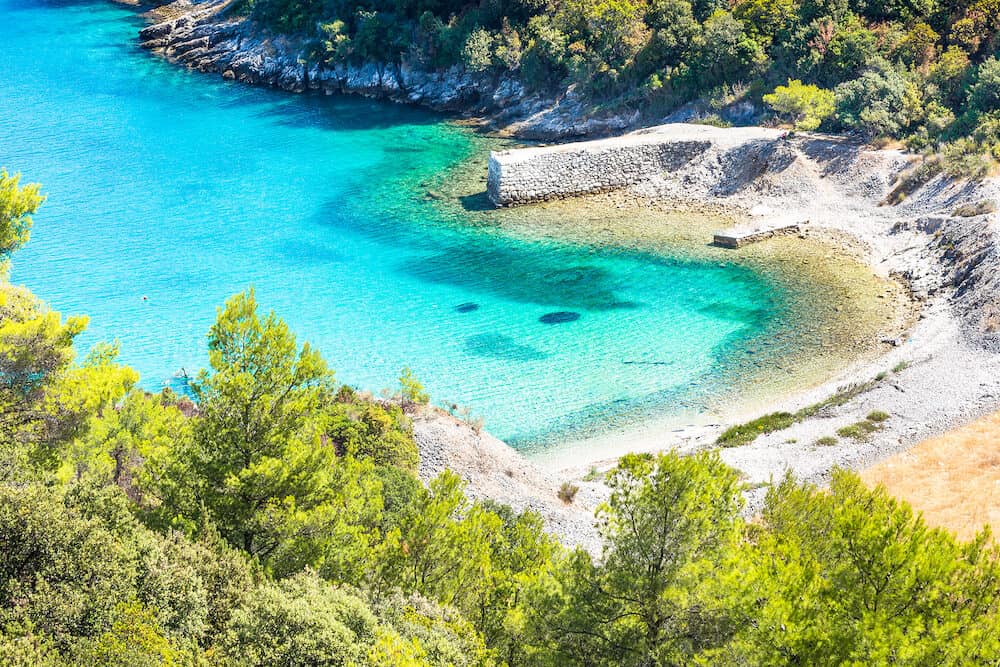
Sunset Sailing Tours
Take the seas as the sun begins to set, to experience the most majestic views over the city and the surrounding coastline. Sailing boats cruise every day during the summer season, and you can sit back, relax and enjoy a few drinks onboard as the day turns to dusk.
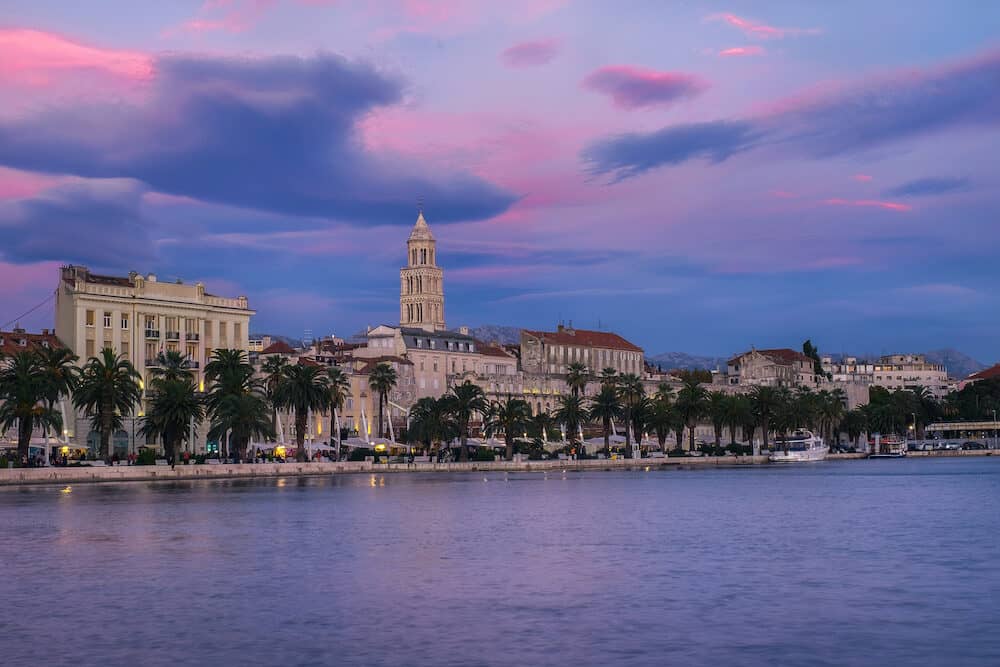
Day trips from Split
Plitvice Lakes
Plitvice Lakes is a long day trip from Split, but if you don’t mind a two and half hour bus ride each way, then this is one of Croatia’s most spectacular natural sights.
The national park is home to a huge collection of stunning waterfalls, lakes and lagoons, connected by rustic, wooden boardwalks that weave by the waterside and through the forests.
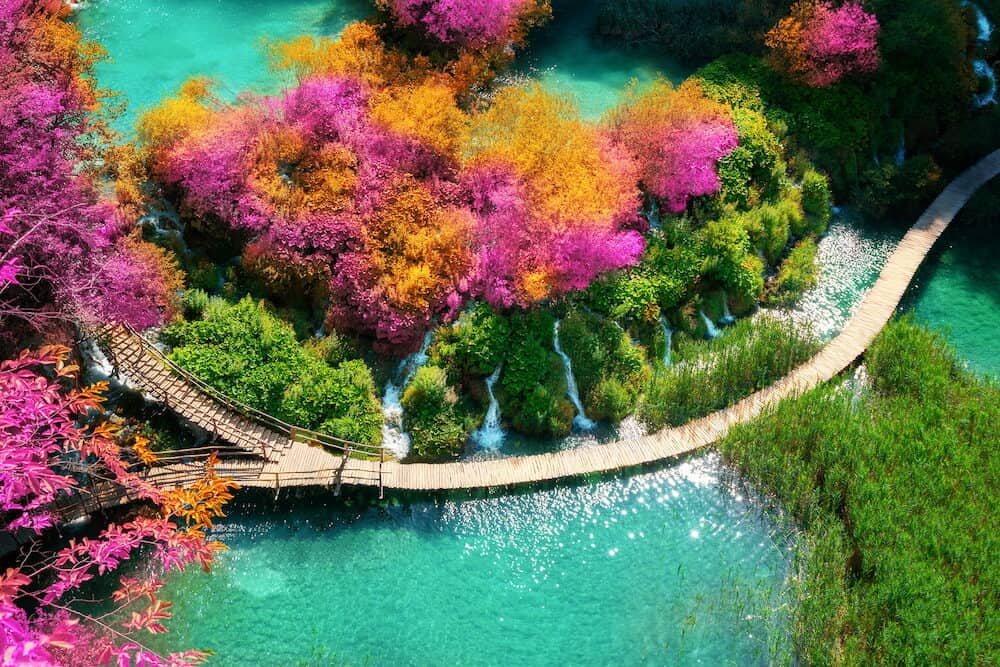
Krka
Krka National Park is another waterfall filled destination that makes for an excellent day trip, particularly during the heat of summer, as you can swim in the glorious lagoons. It’s just over an hour away from Split, so it’s much easier to get to than Plitvice Lakes, and just as beautiful.
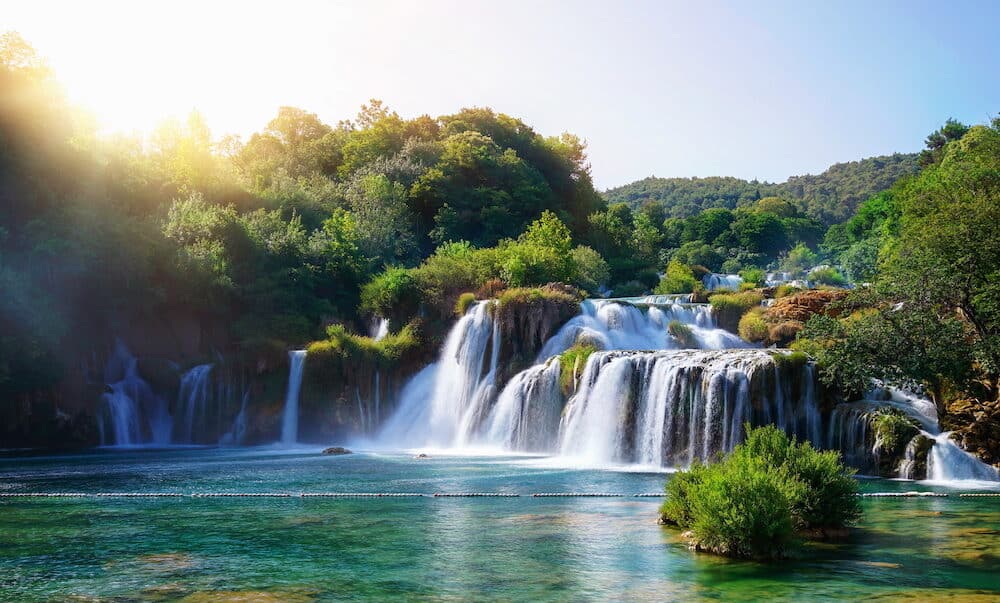
Zadar
Zadar is found along the coast to the north of Split, and the city is one of the most interesting destinations in Croatia.
At Zadar, you can find more Roman ruins, plenty of museums and few of the crowds found in Split. There’s also the fascinating Sea Organ, which plays music using the power of the sea.
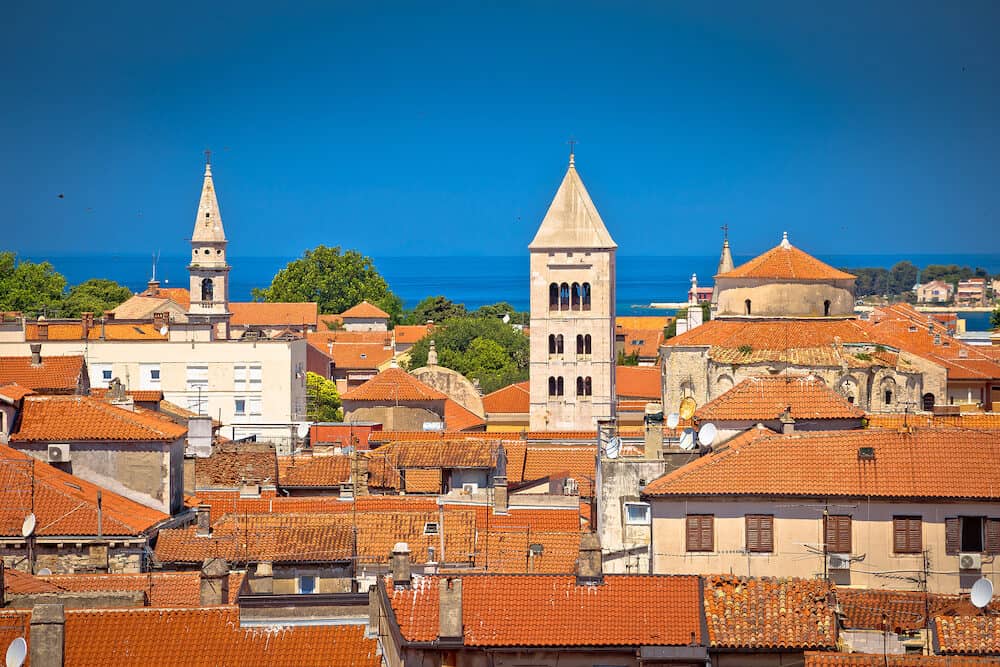
Recommend tours in Split
- Krka Waterfalls and Sibenik Day Trip with FREE Wine Tasting from Split
- Viator Exclusive: ‘Game of Thrones’ Tour in Split
- City of Split Walking Tour
- 6 Islands and Caves Small-Group Tour with Lunch and Wine Tasting
- Plitvice Lakes National Park Small-Group Day Trip from Split
- Full-Day Mega Catamaran Excursion to Hvar, Pakleni Islands, and Brac
- Mostar and Medjugorje Discovery Day Trip from Split or Trogir
- Dubrovnik Discovery Day Trip from Split or Trogir
- 75-minute Diocletian Palace Walking Tour
- Half Day All Inclusive Cruise to Islands Brac and Solta
- Full-Day Blue Lagoon Boat Tour from Split or Trogir
If you’d like to save it for later, please save it to Pinterest.
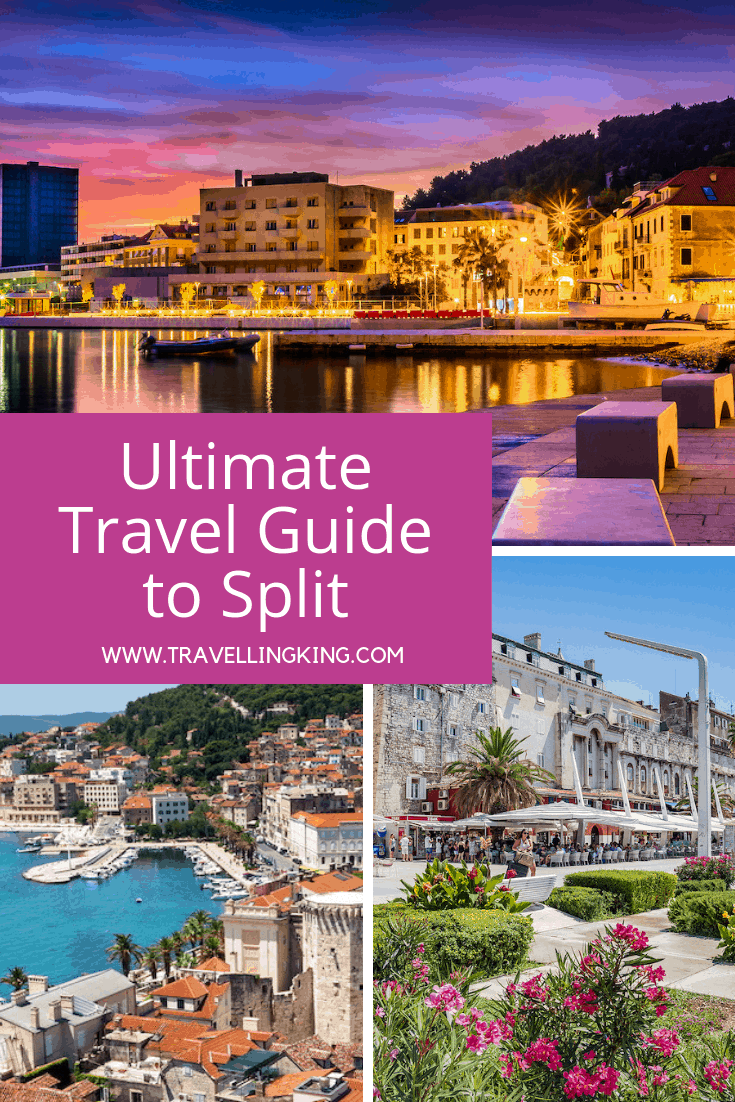
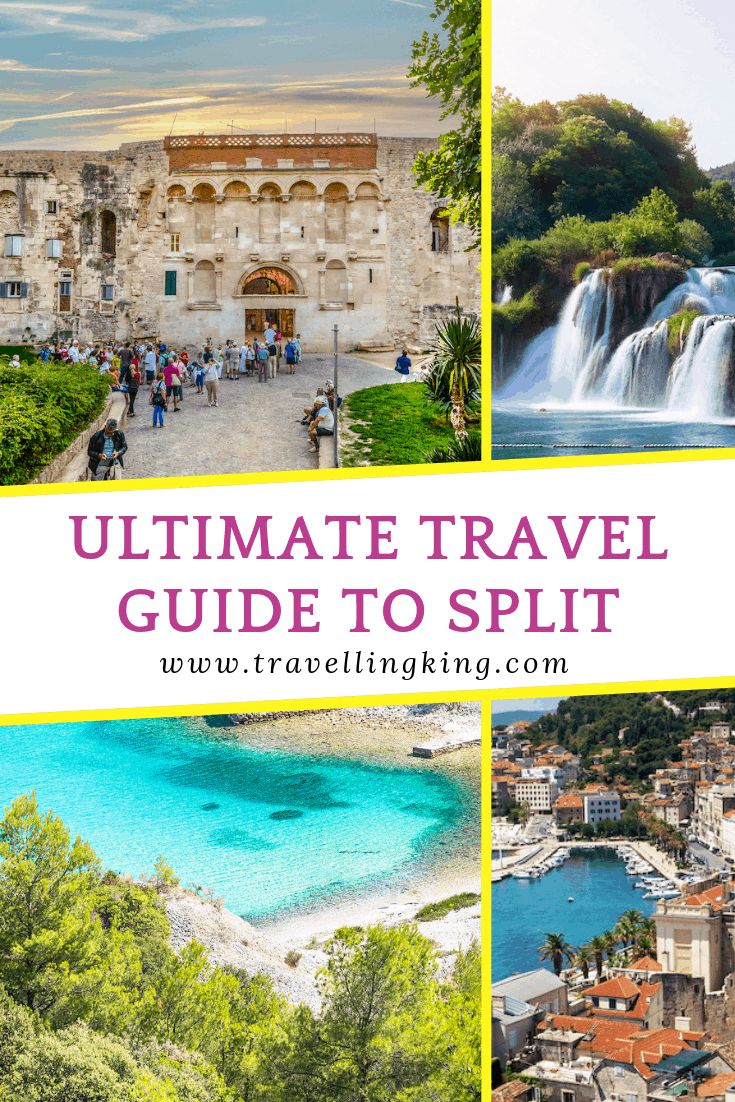
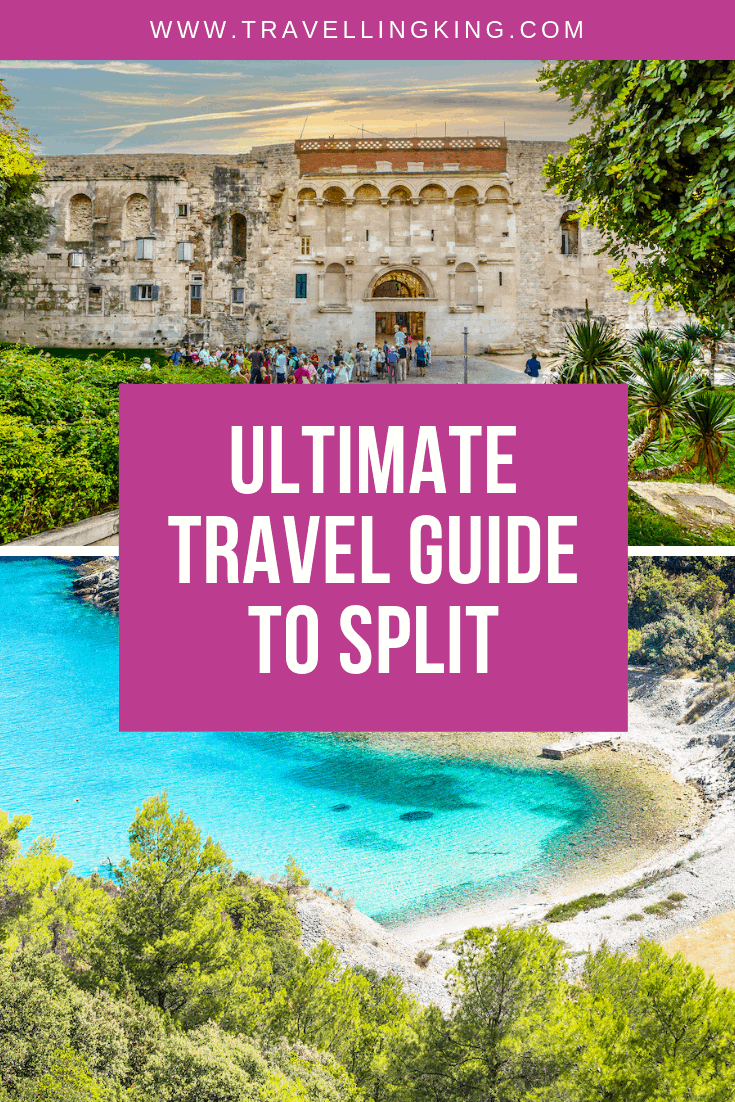



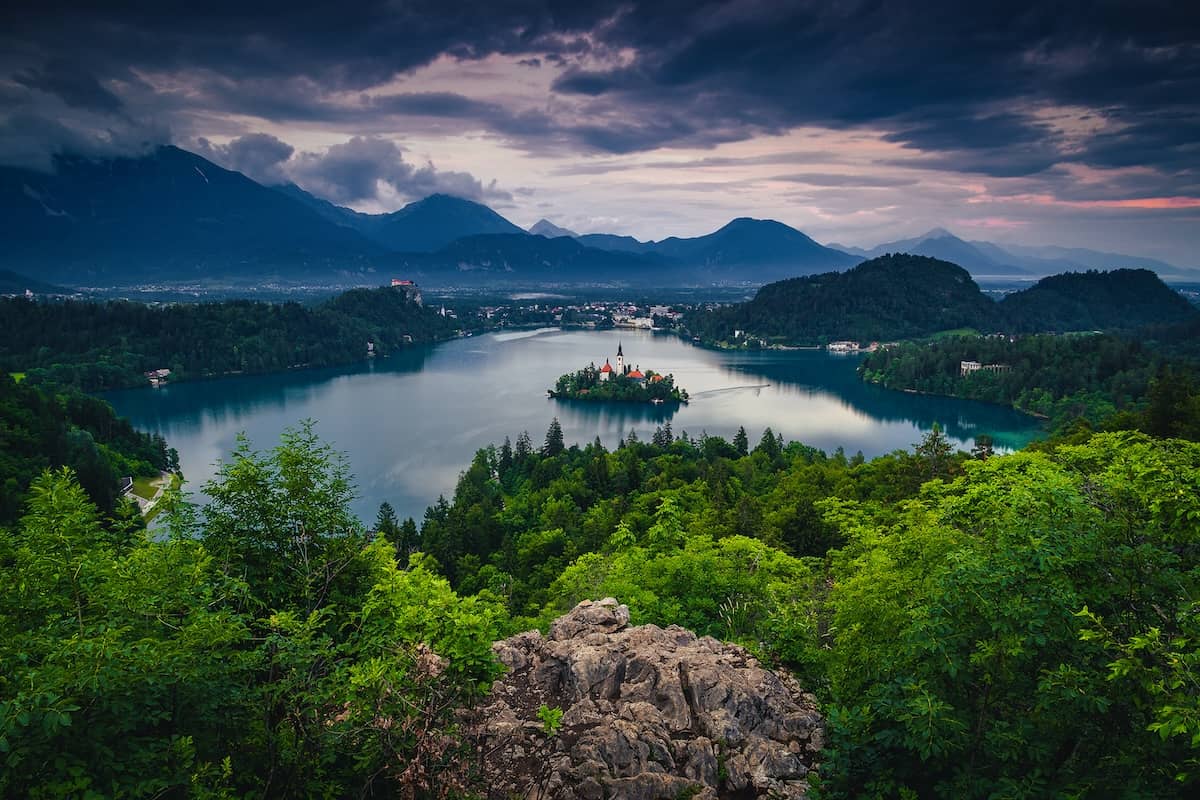
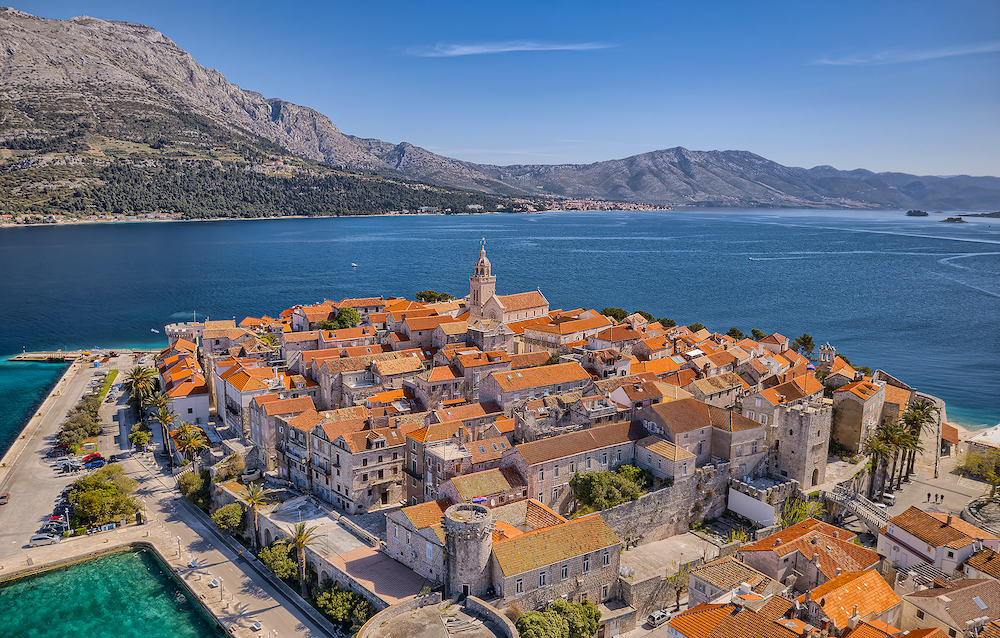
![Where to stay in Rijeka [Best Places to Stay for 2024]](https://www.travellingking.com/wp-content/uploads/2023/06/Rijeka-City-of-Rijeka-Delta-and-trsat-view-Kvarner-bay-Croatia.jpg)
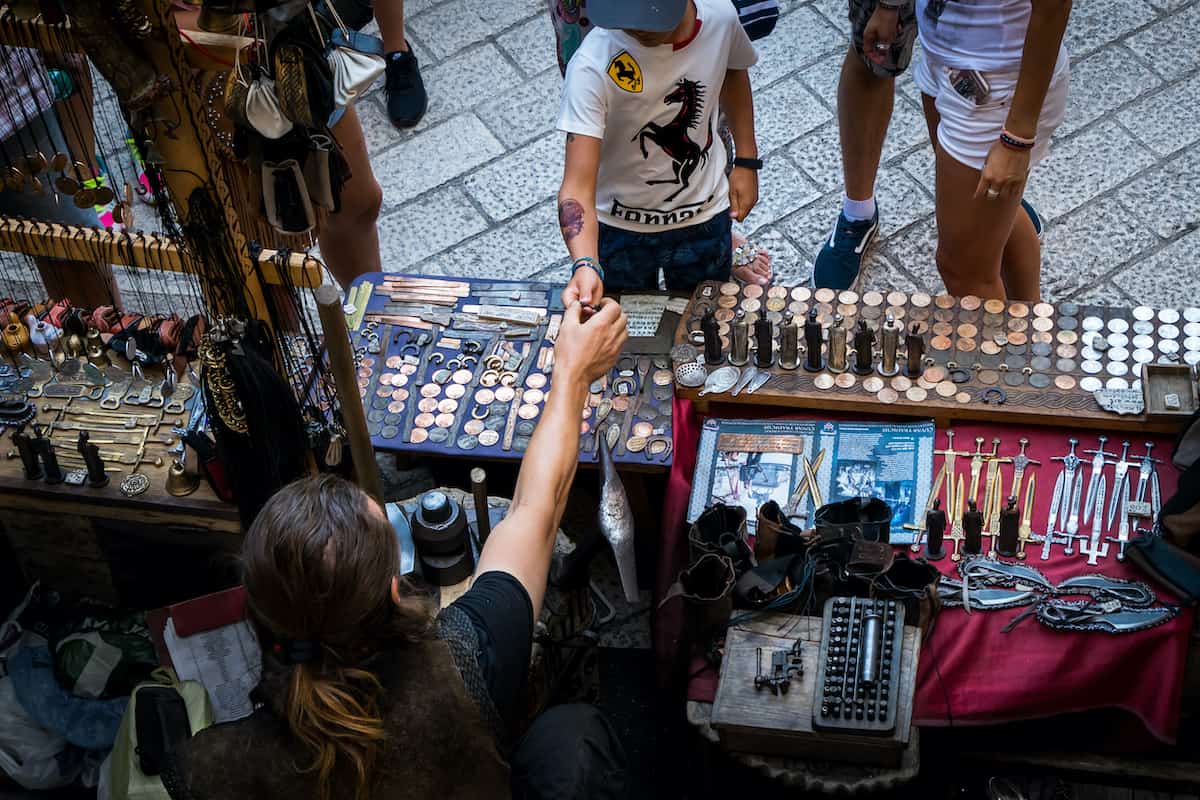
![Where to Stay in Zagreb [Best Places to Stay for 2024]](https://www.travellingking.com/wp-content/uploads/2022/12/Zagreb-Aerial-view-on-cathedral-in-Zagreb-city-capital-town-of-Croatia-european-landmarks..jpg)
